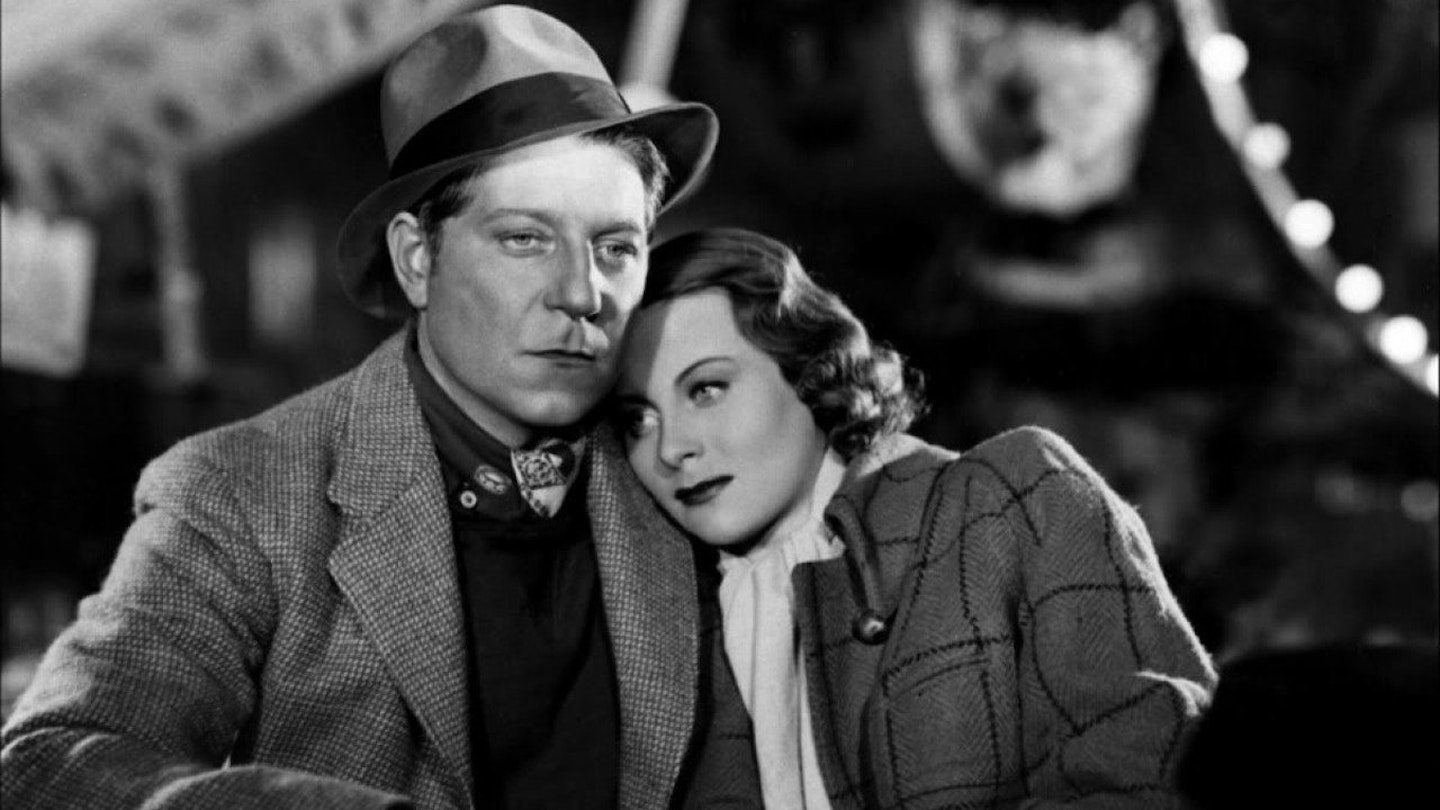In 1933, Marcel Carné published a critical essay entitled, `When Will Cinema Descend into the Street?' Having made his name as a director with the realist drama Jenny (1936) and the eccentric comedy, Drôle de Drame (1937), he answered his own question with this brooding melodrama, which marked the first of his seven outings with the poet-cum-scenarist, Jacques Prévert.
He was to have filmed this adaptation of Pierre Mac Orlan's novel for producer Raoul Ploquin at UFA in Berlin, but propaganda chief Josef Goebbels deemed the story of an army deserter to be too decadent for the Reich. So, Carné returned to Paris, where the project received official sanction on the proviso that the word `deserter' was never mentioned and that Jean Gabin treated his discarded uniform with suitable respect.
Updating the action from 1909 and transferring it from Montmartre to Le Havre, Prévert merged two of Mac Orlan's characters to produce Jean and changed Nelly from a prostitute who murders her pimp to a teenage waif at the mercy of her lustful godfather. But, more significantly, he invested the material with a philosophical gravitas and a sense of foreboding that was reinforced by both the coastal locations and Alexandre Trauner's atmospheric studio sets.
Indeed, the tone became so bleak that the suits at Ciné-Alliance tried to persuade Carné to fashion his story into a lighter, romantic tearjerker, while backer Gregor Rabinovitch urged Gabin to reconsider his participation in such a downbeat saga, in case it damaged his career. Clearly he had never seen Julien Duvivier's La Bandèra (which was also based on a Mac Orlan text) or Pépé Le Moko or Jean Renoir's Les Bas-fonds, as Gabin's tragic heroes were already becoming the screen barometer for France's dwindling sense of self-esteem.
But no one before had quite managed to imbue poetic realism with such an all-pervading air of fatalism. During the Occupation, Carné was accused of having preconditioned France to defeat by sapping their spirit with this hopeless vision. However, he was to summon up even more doomed melancholia in Le Jour se Lève in 1939.
